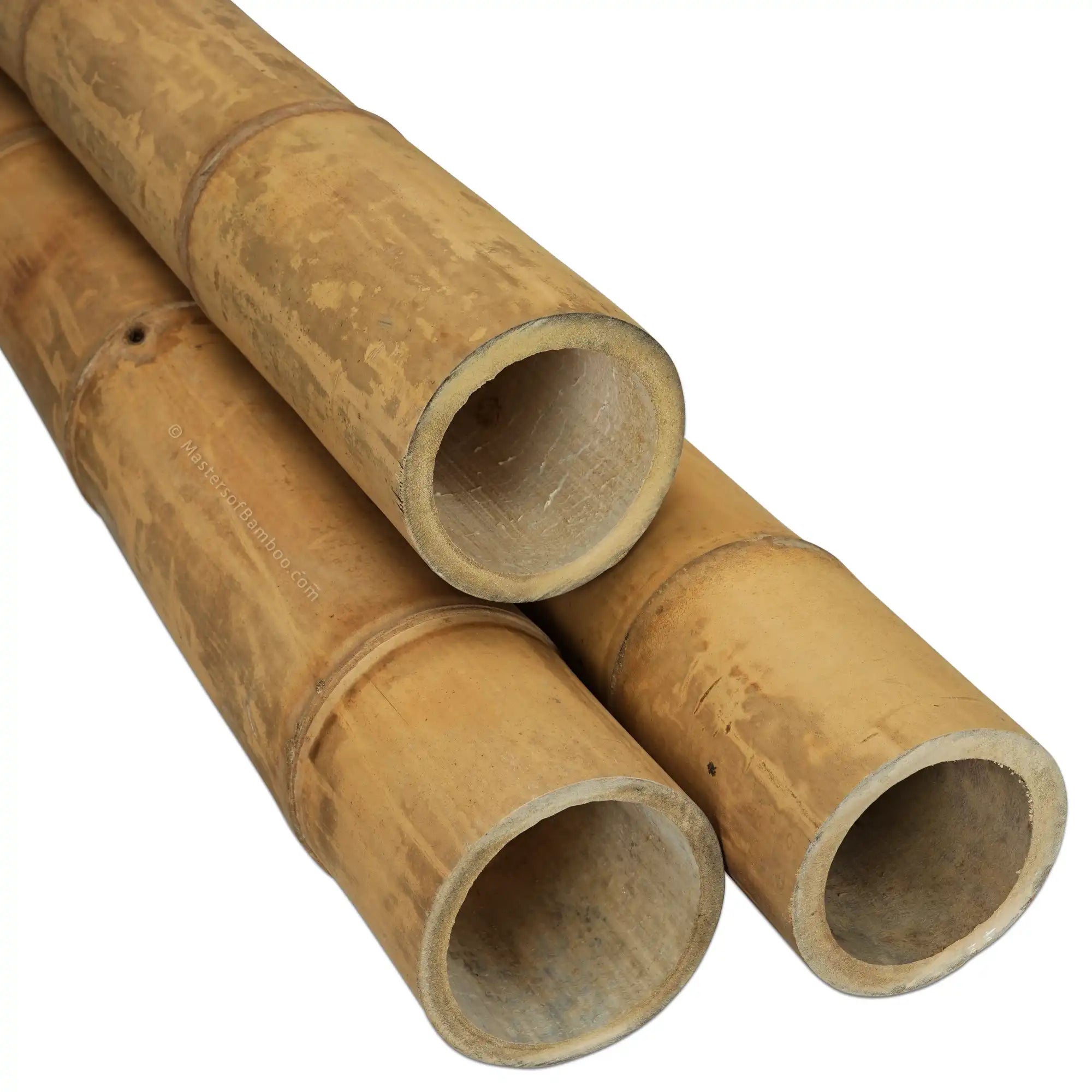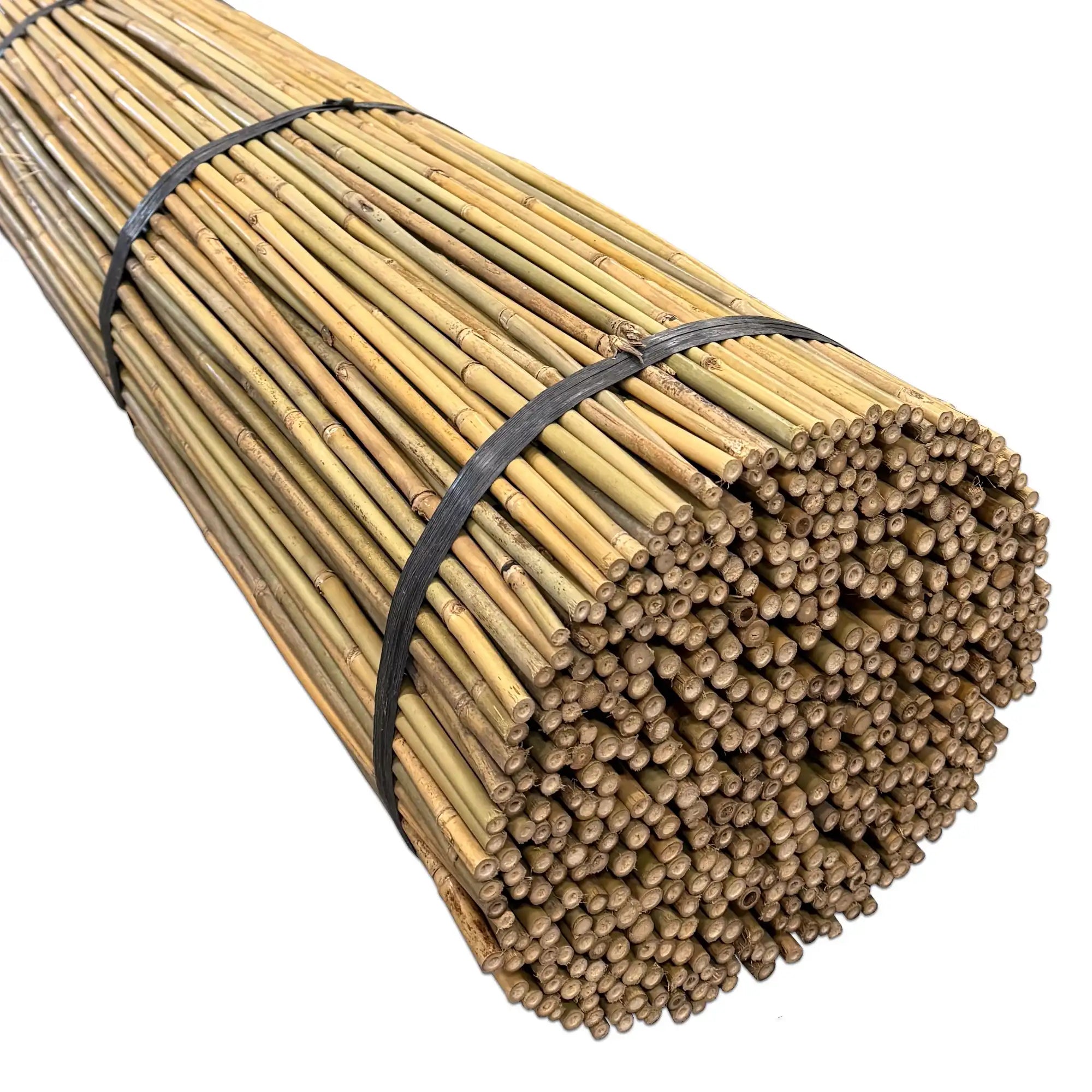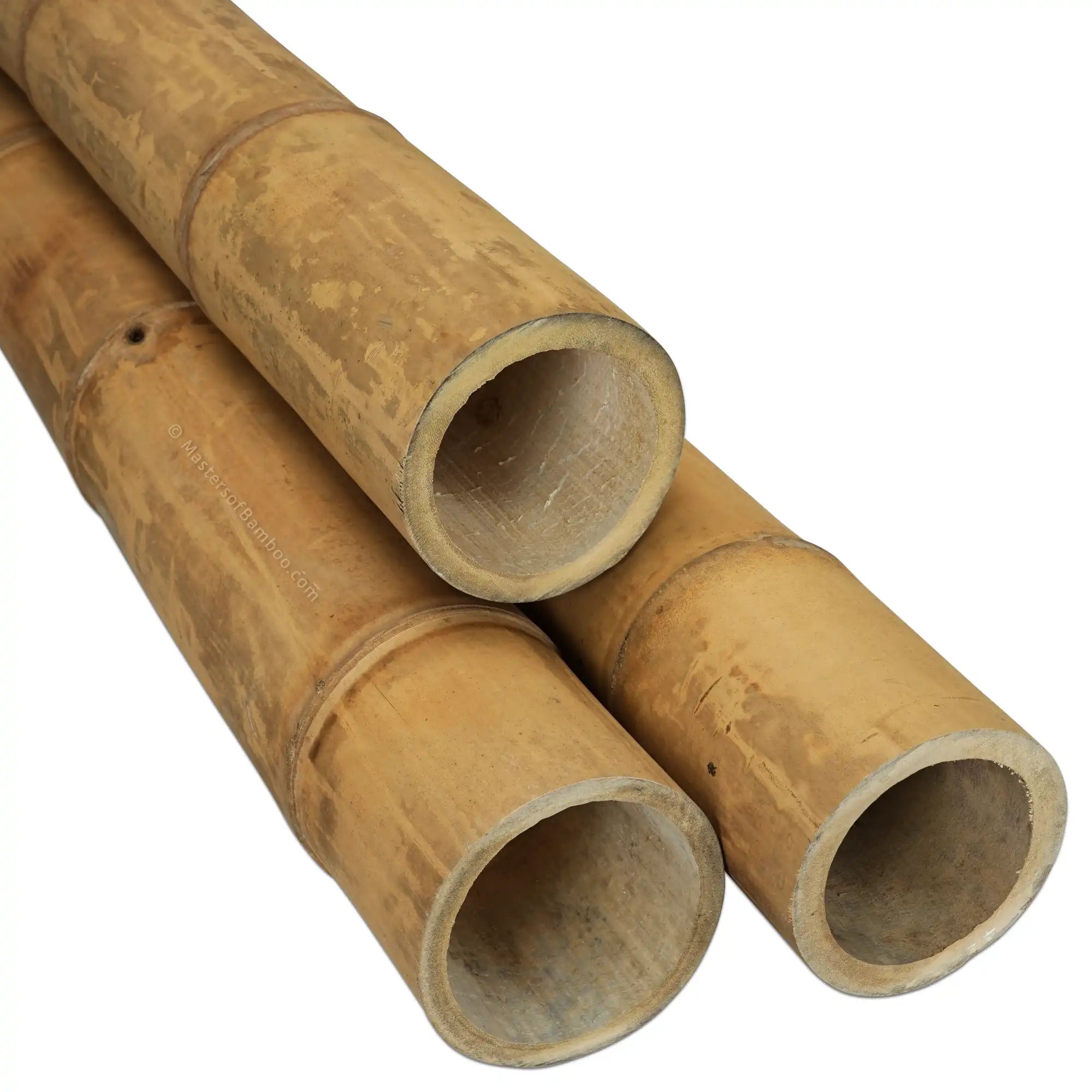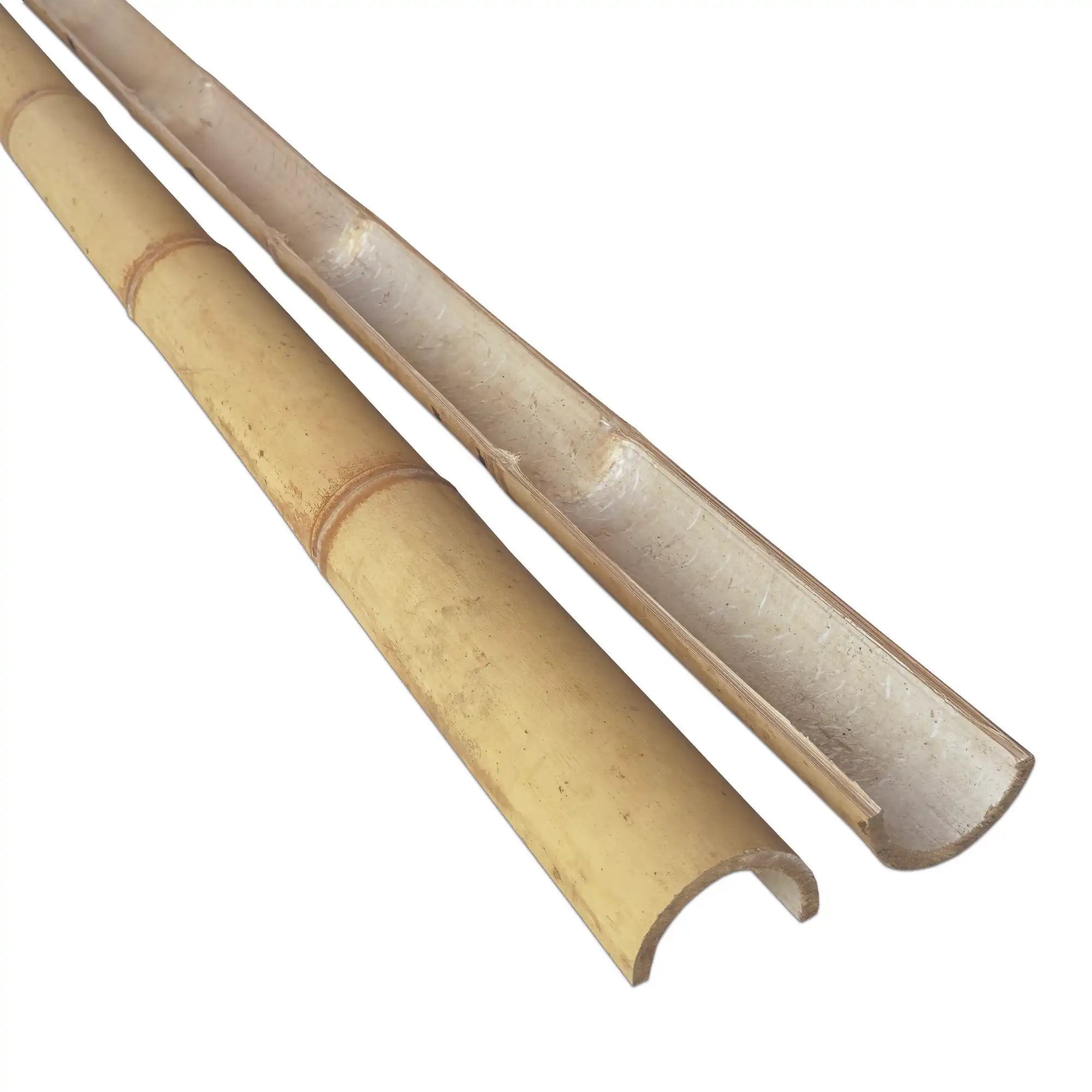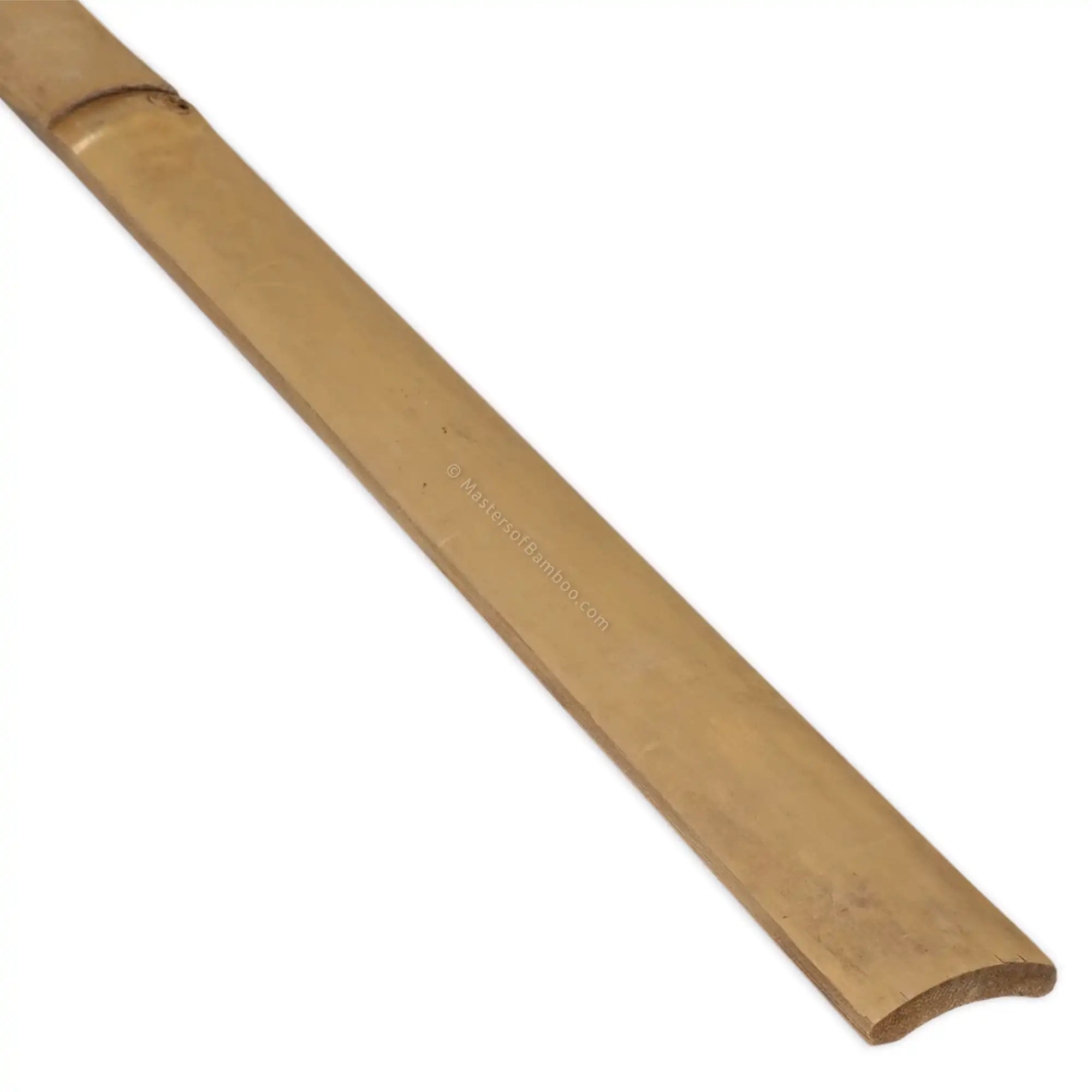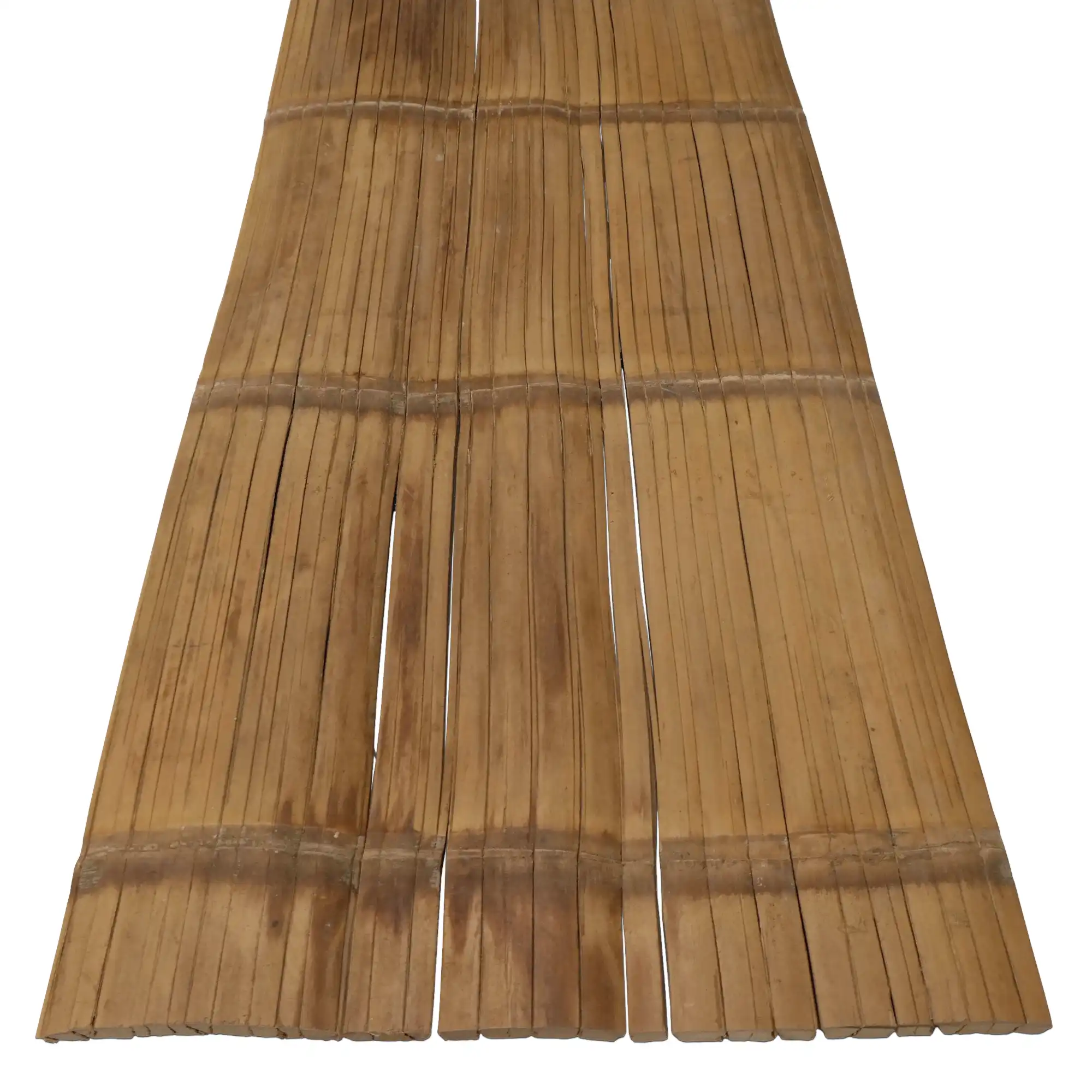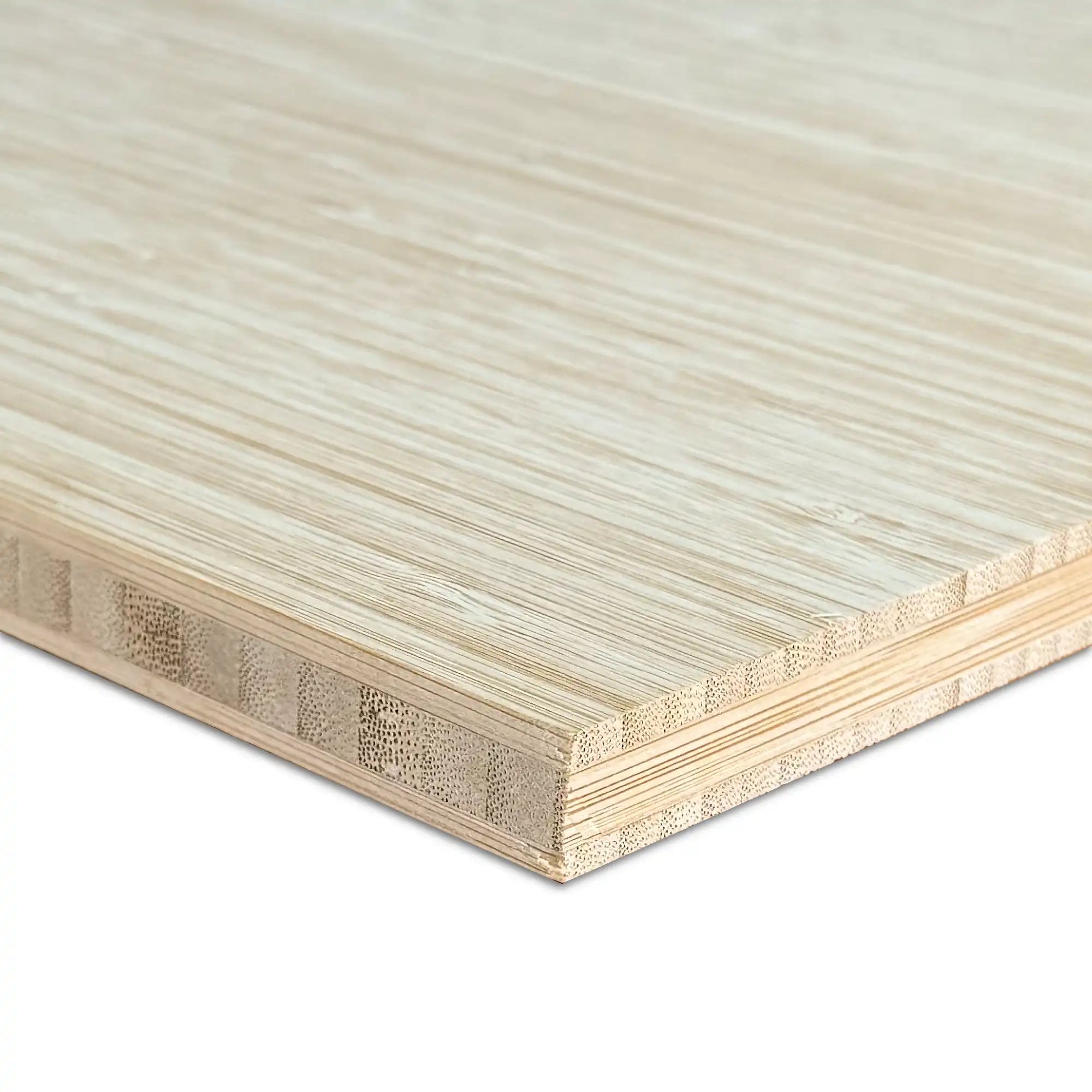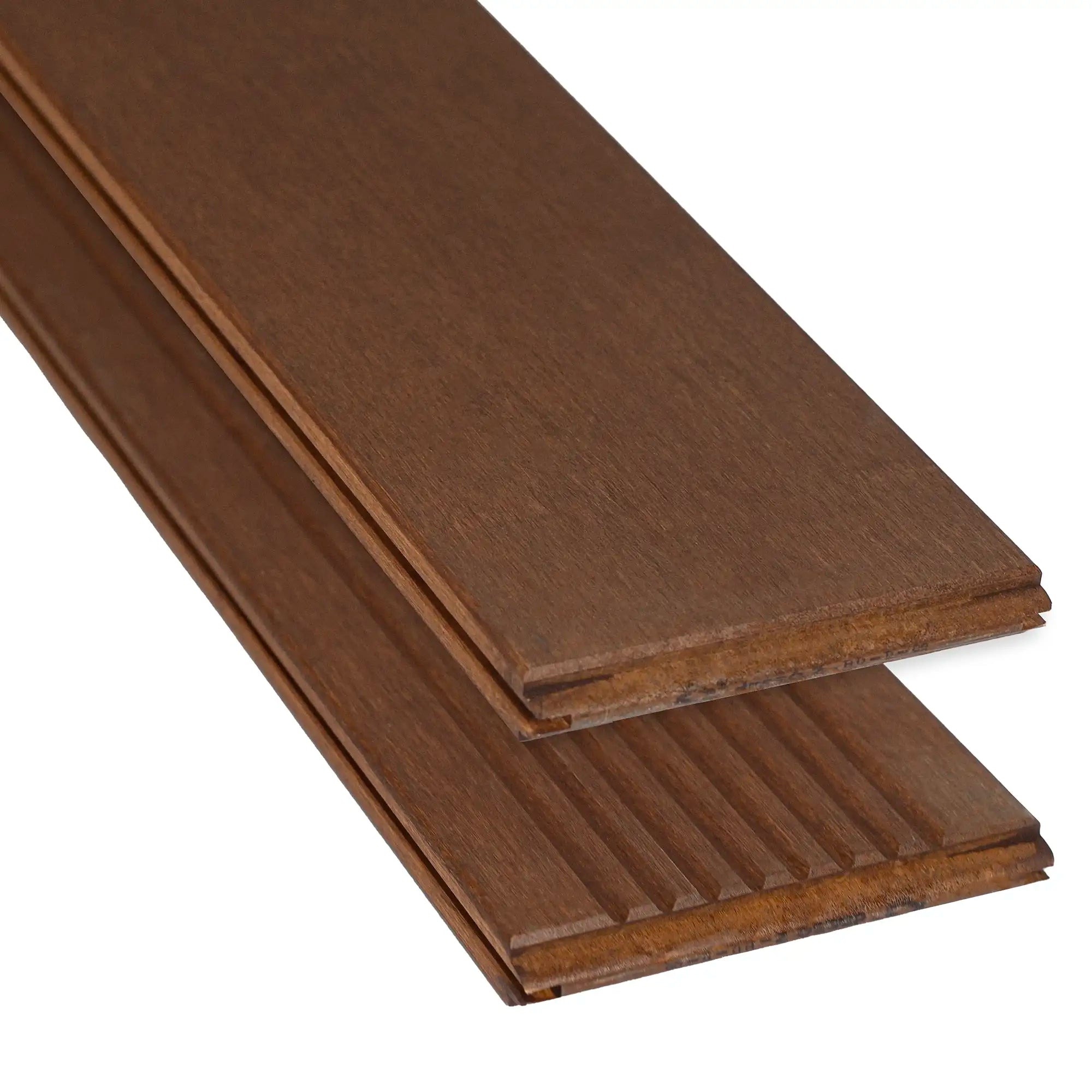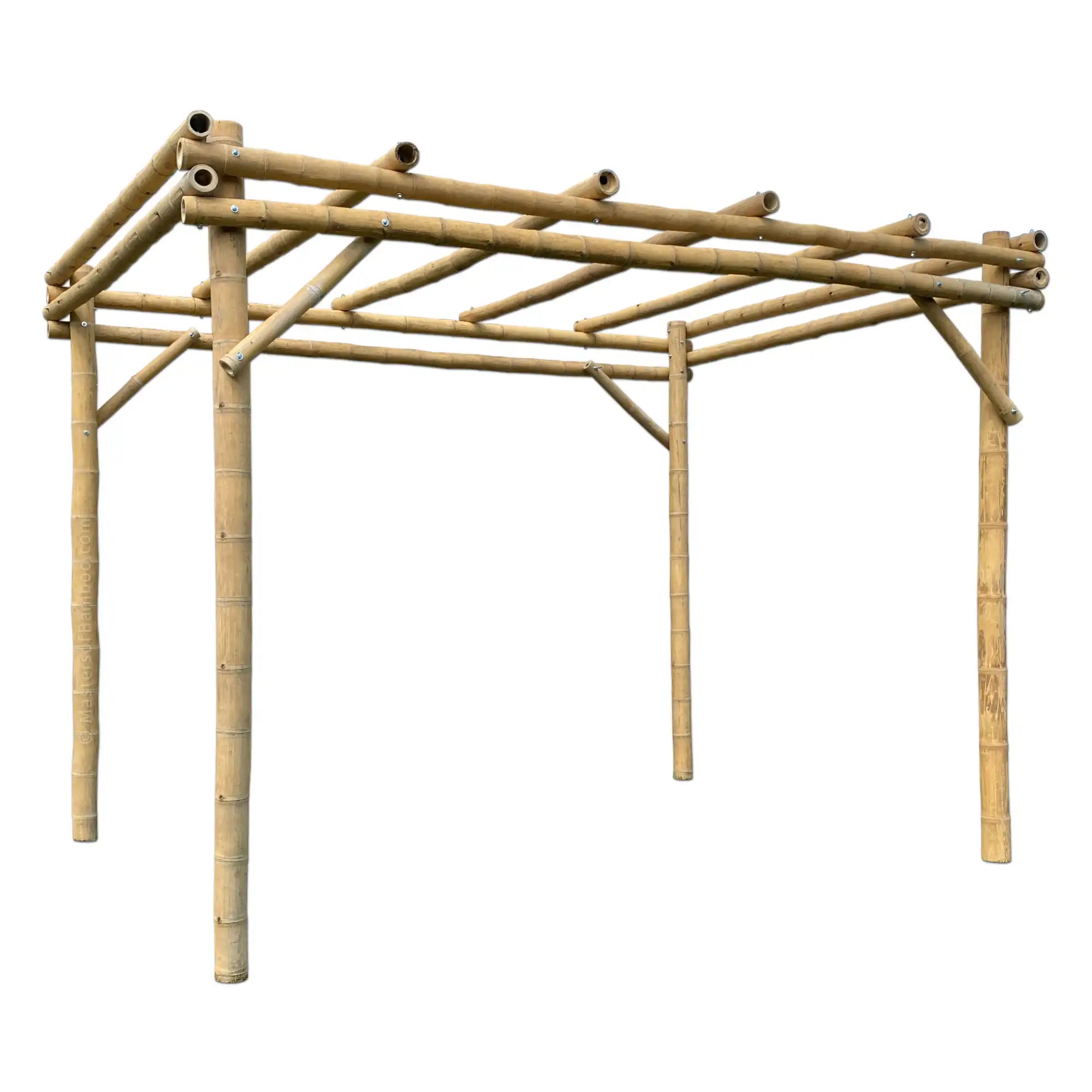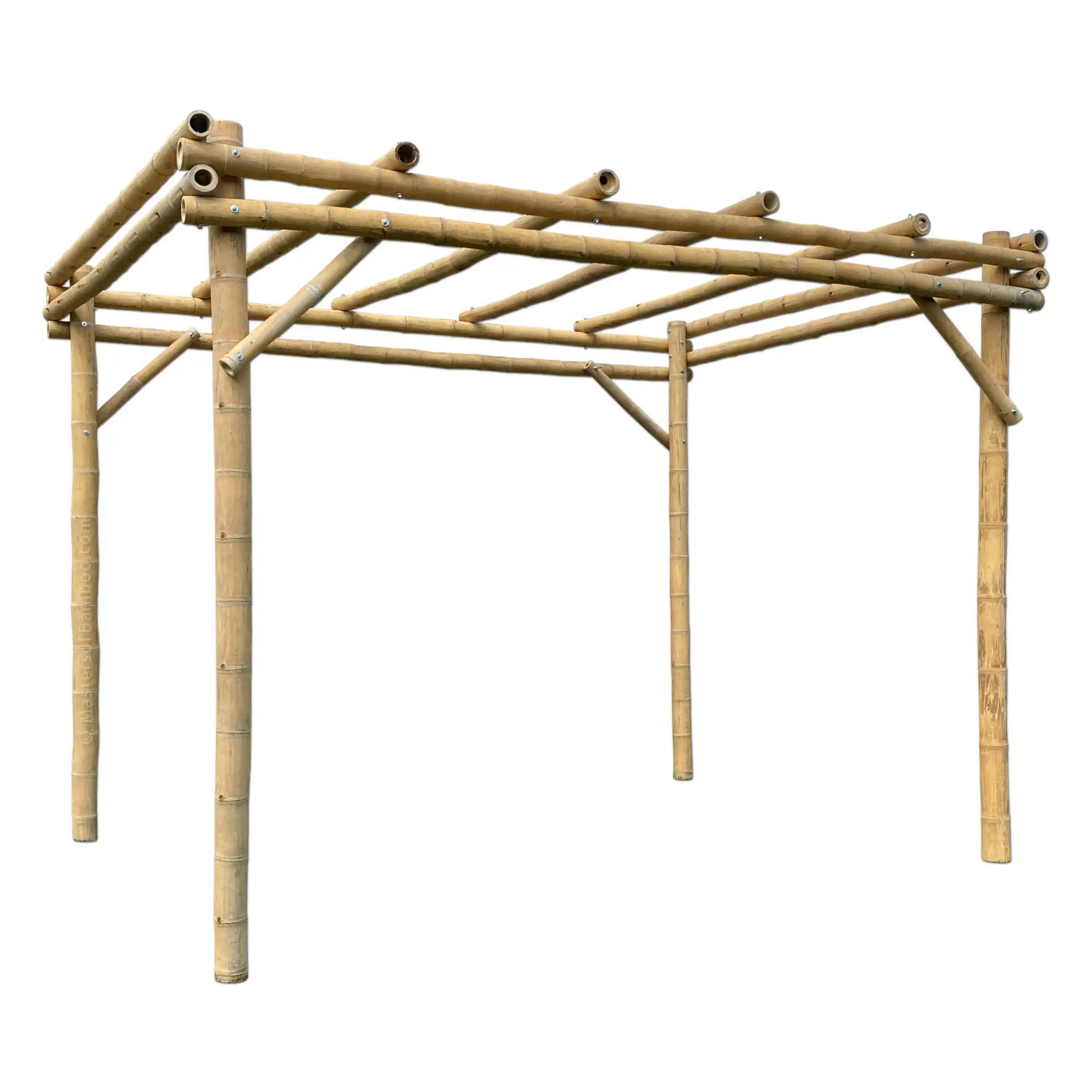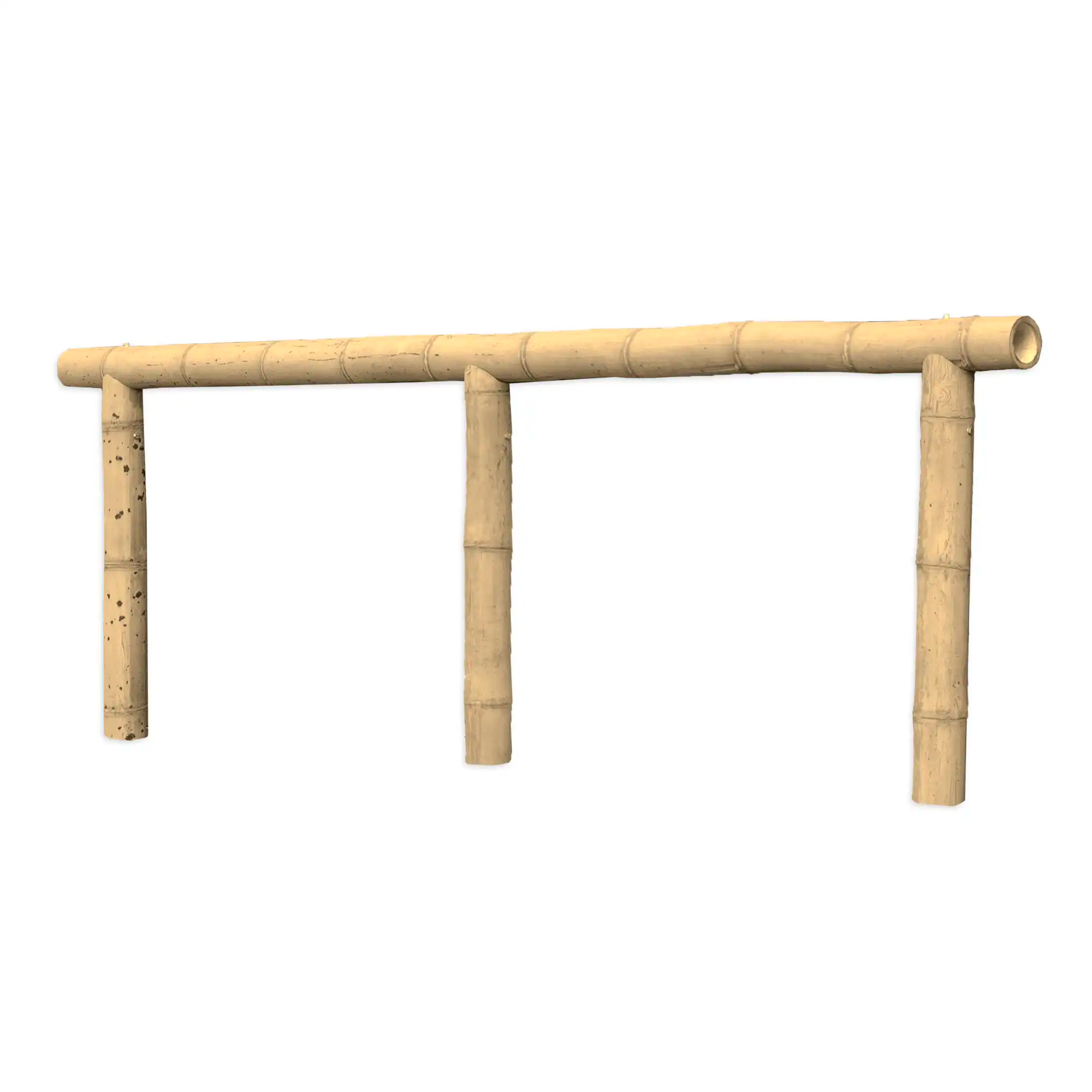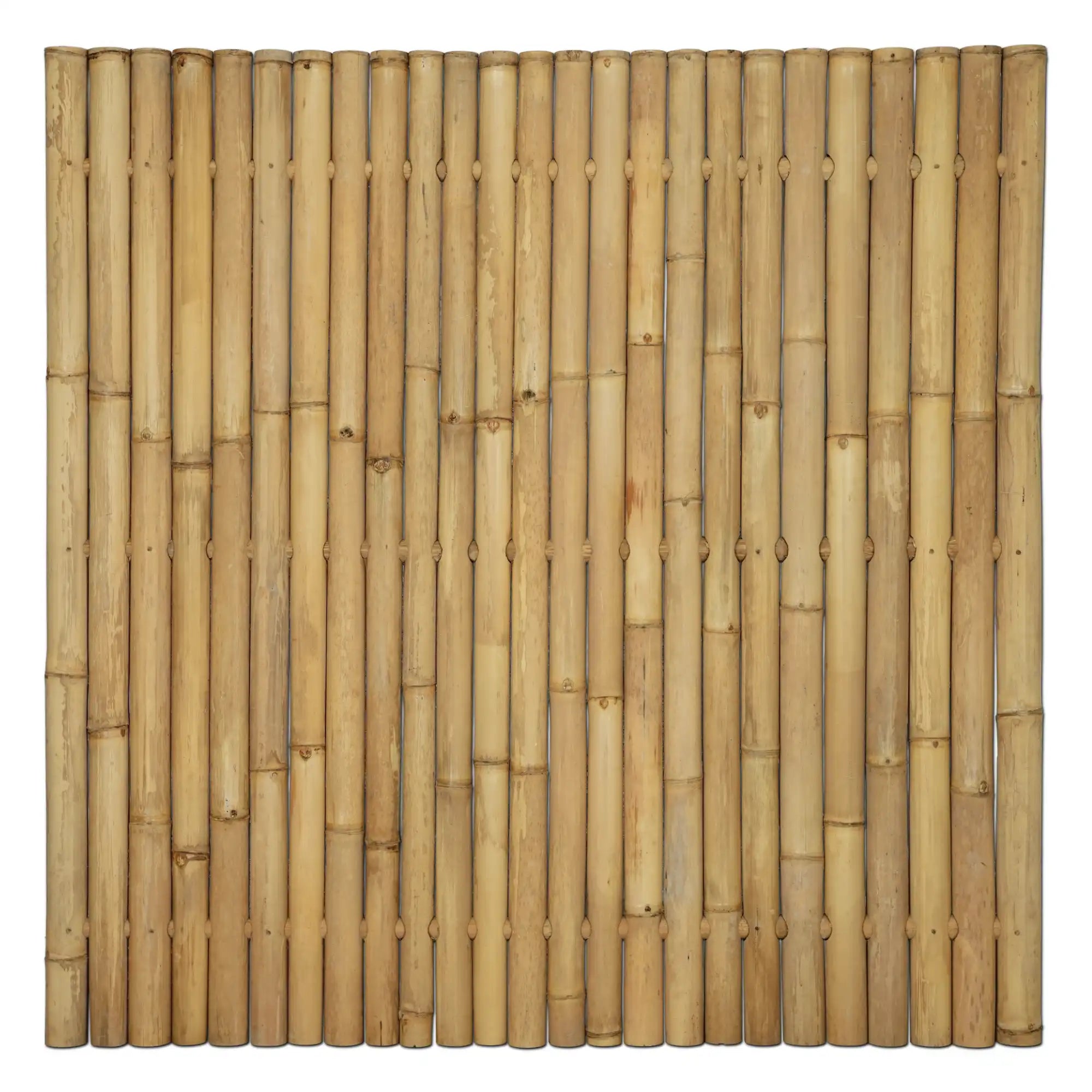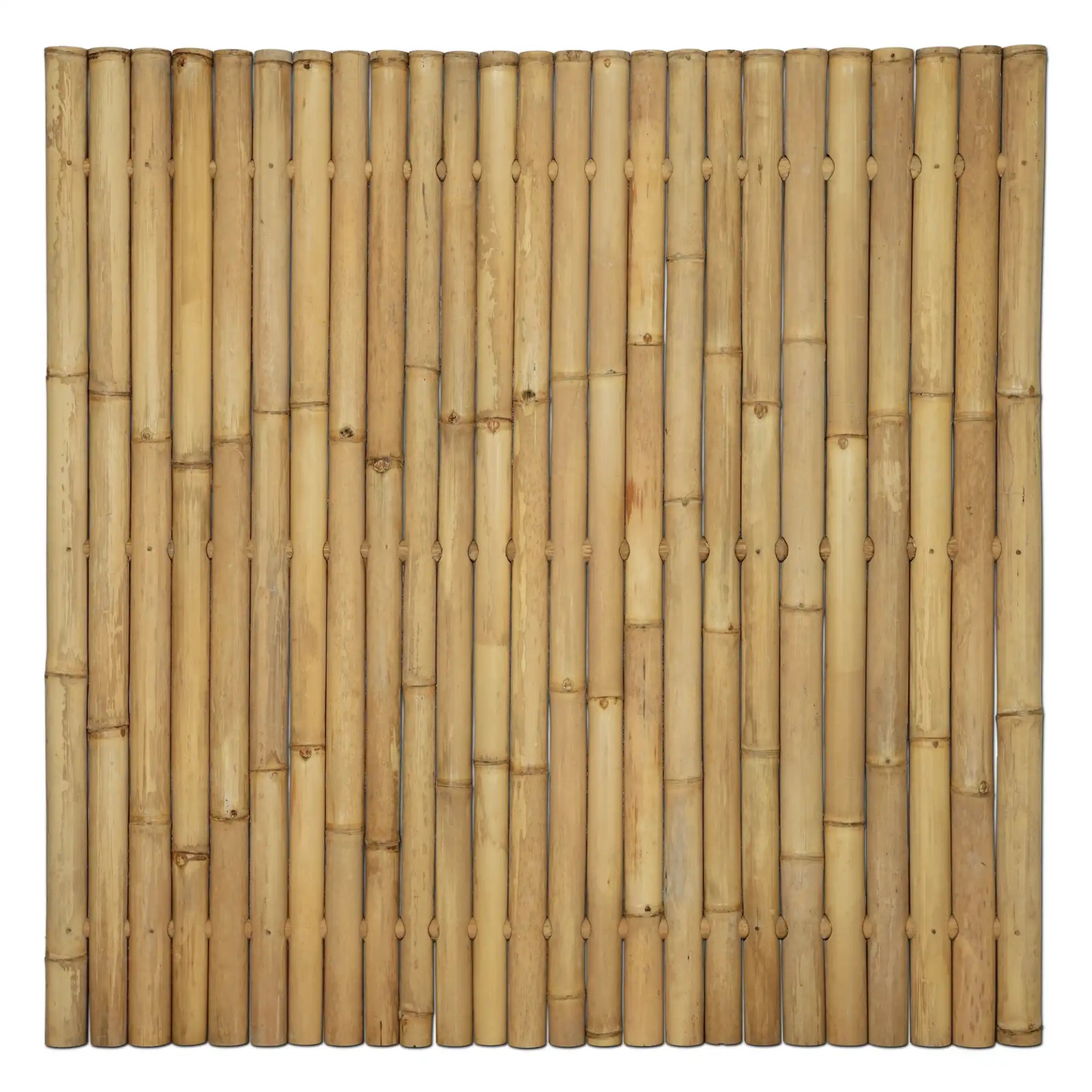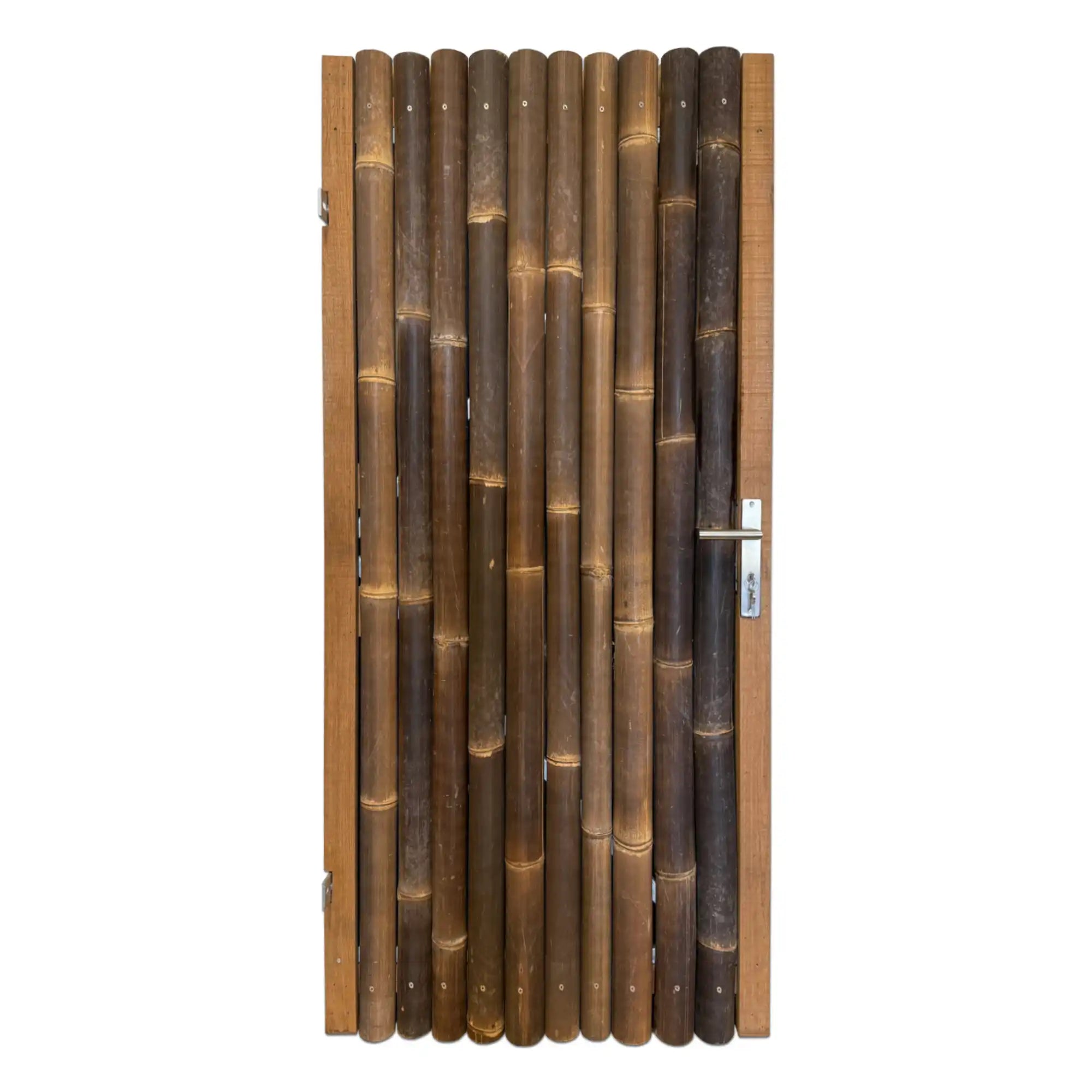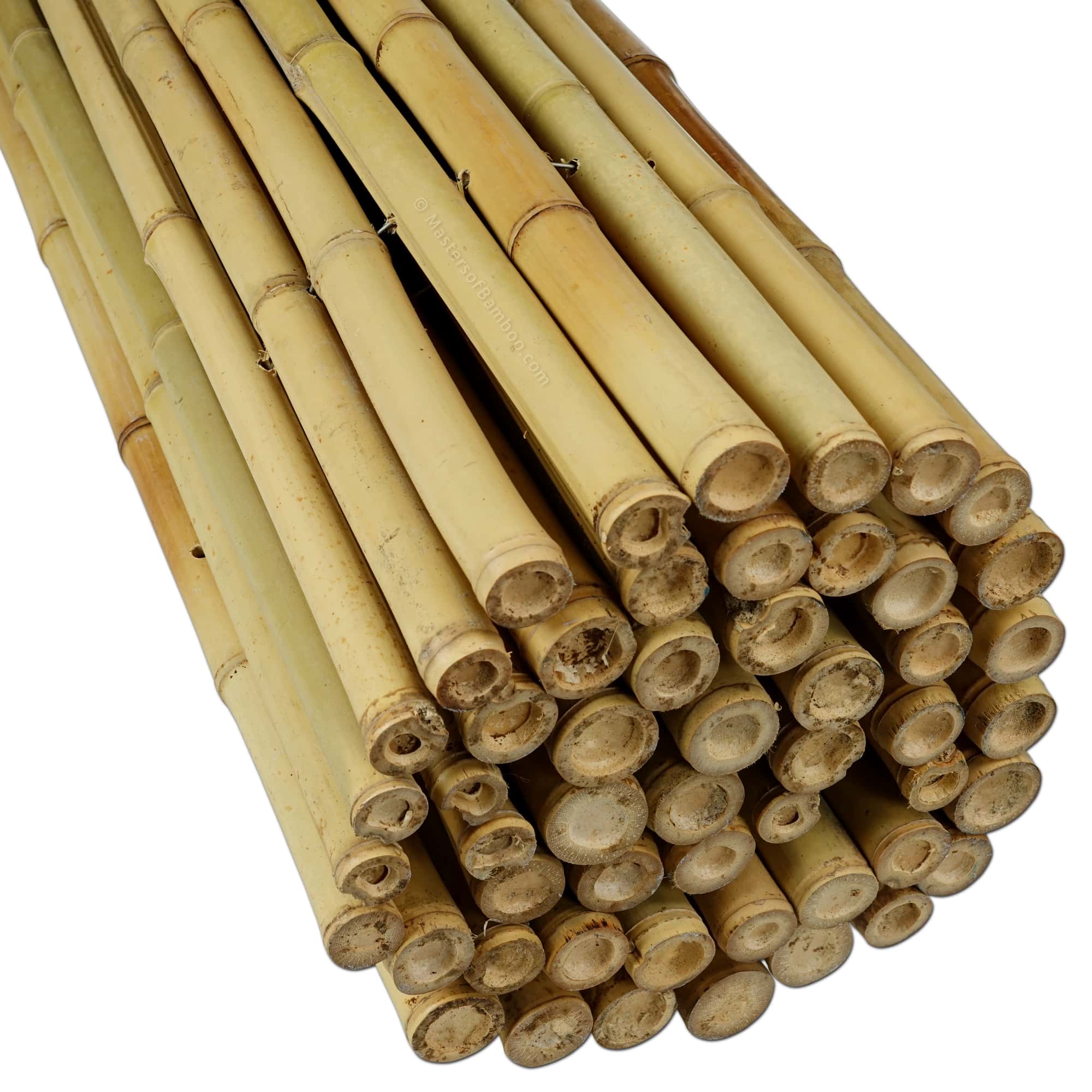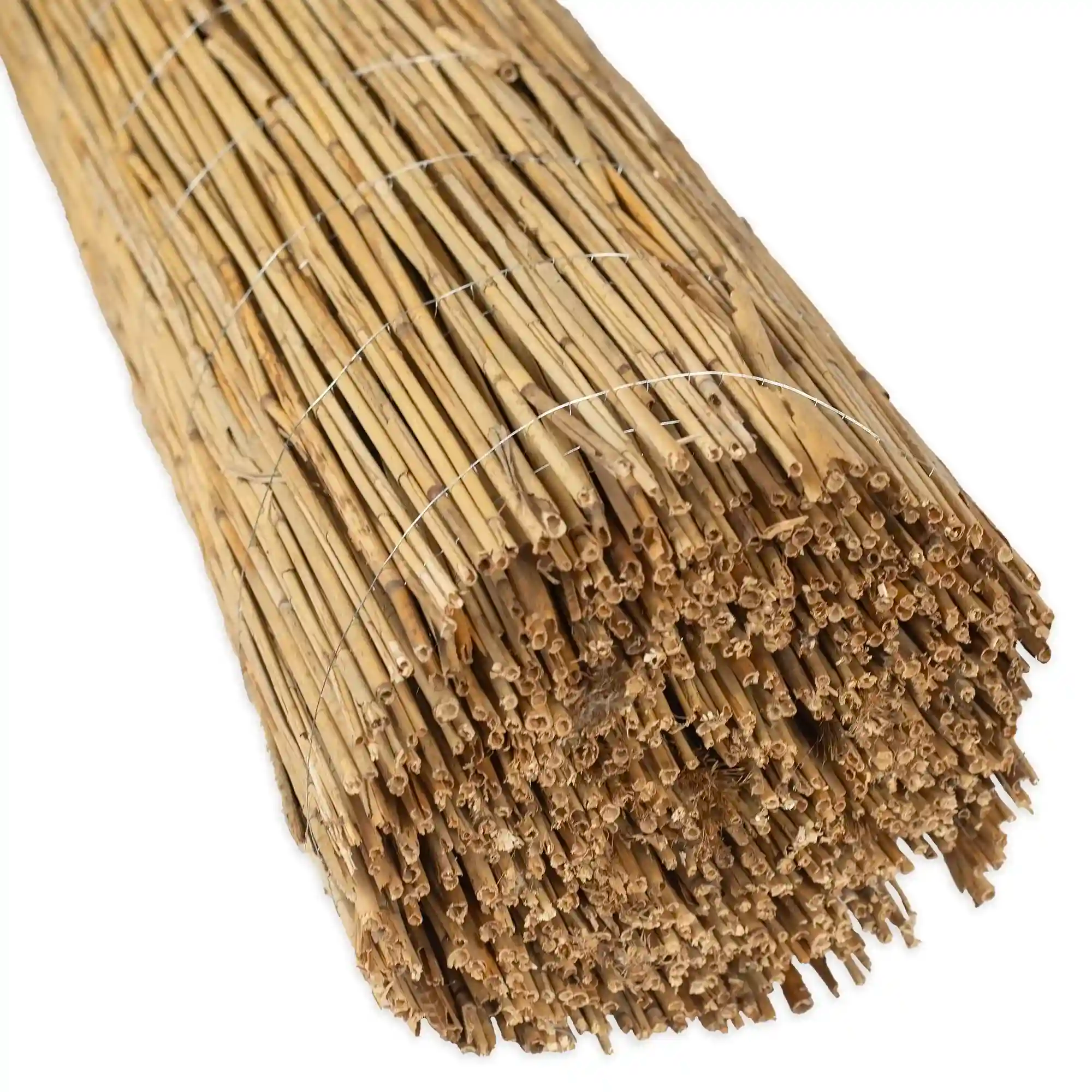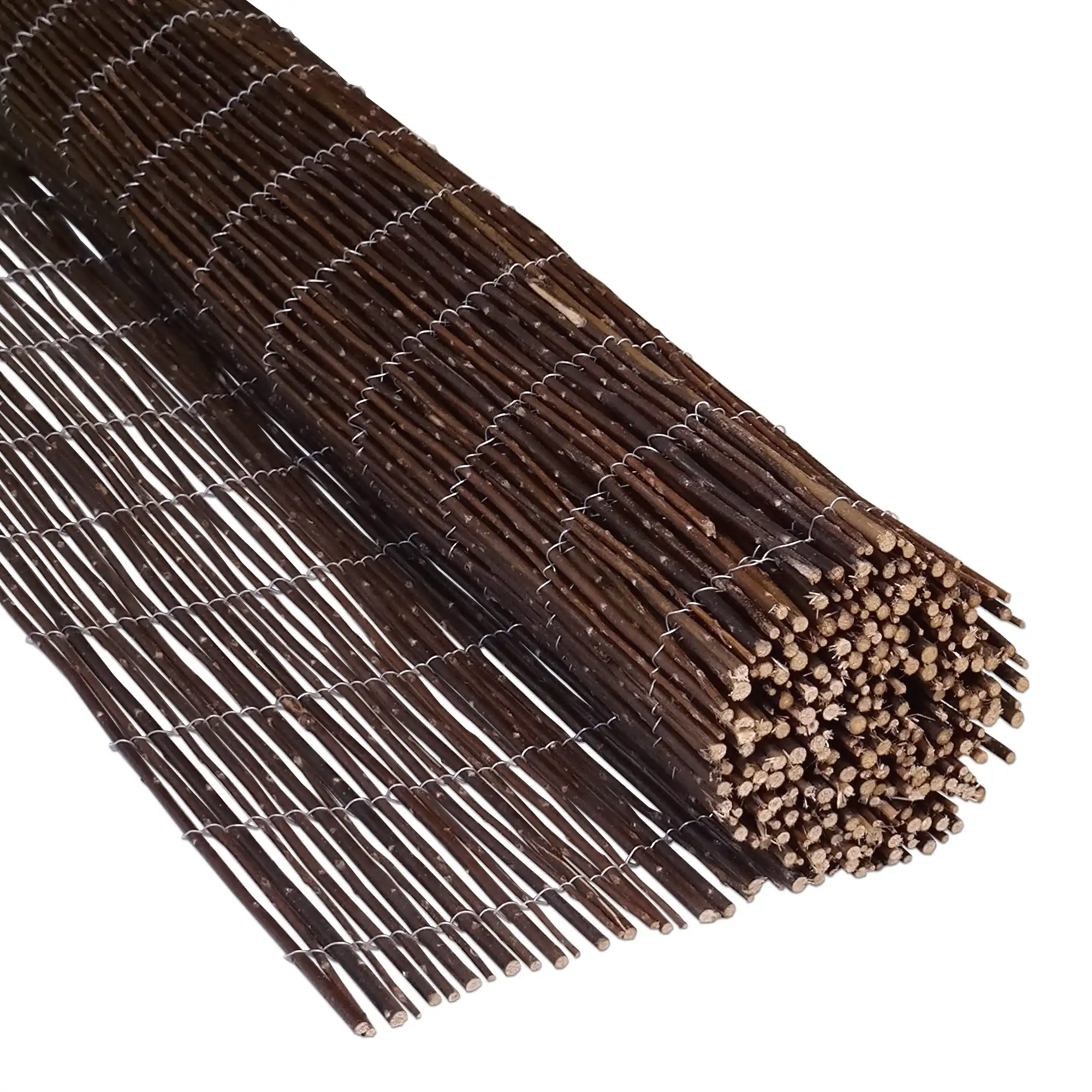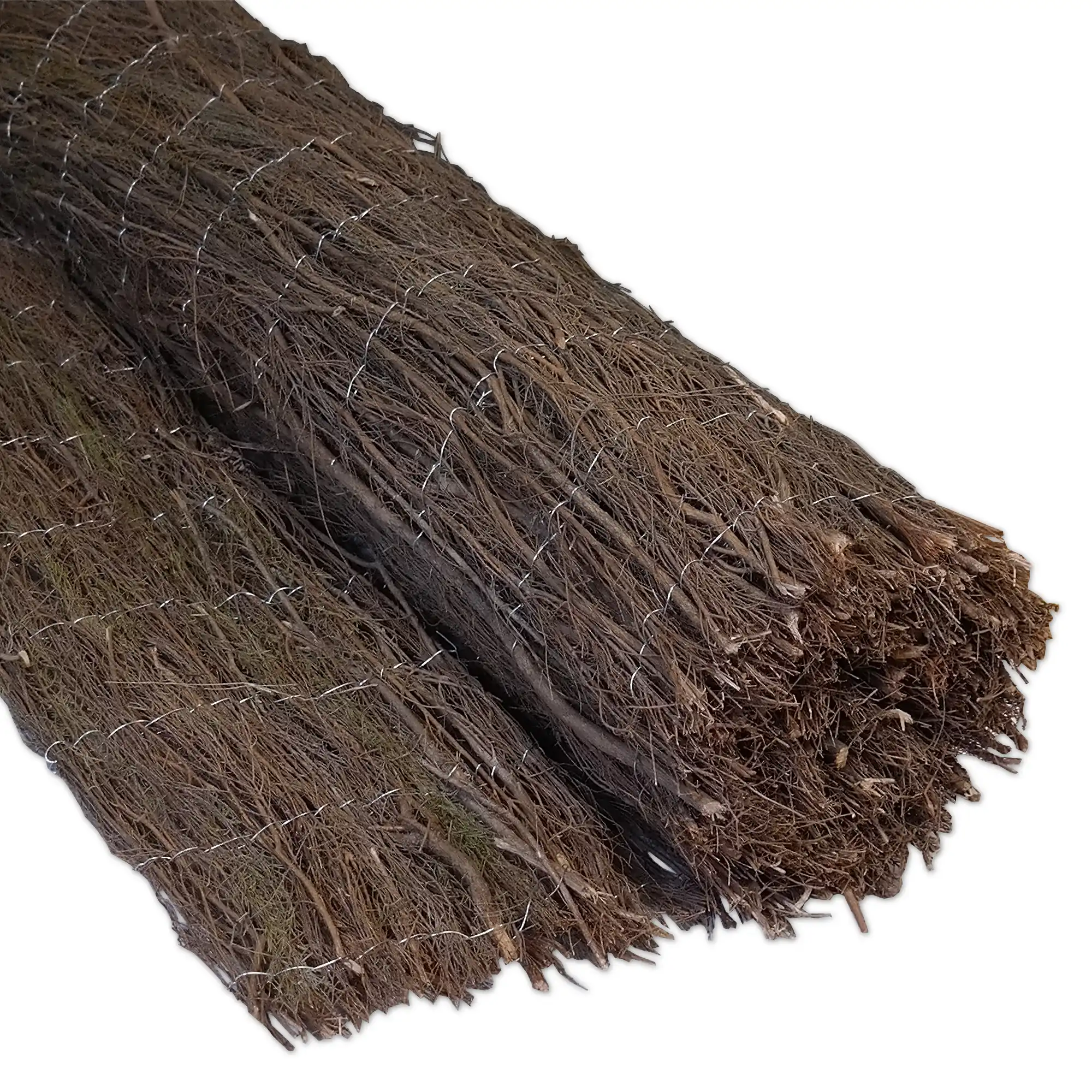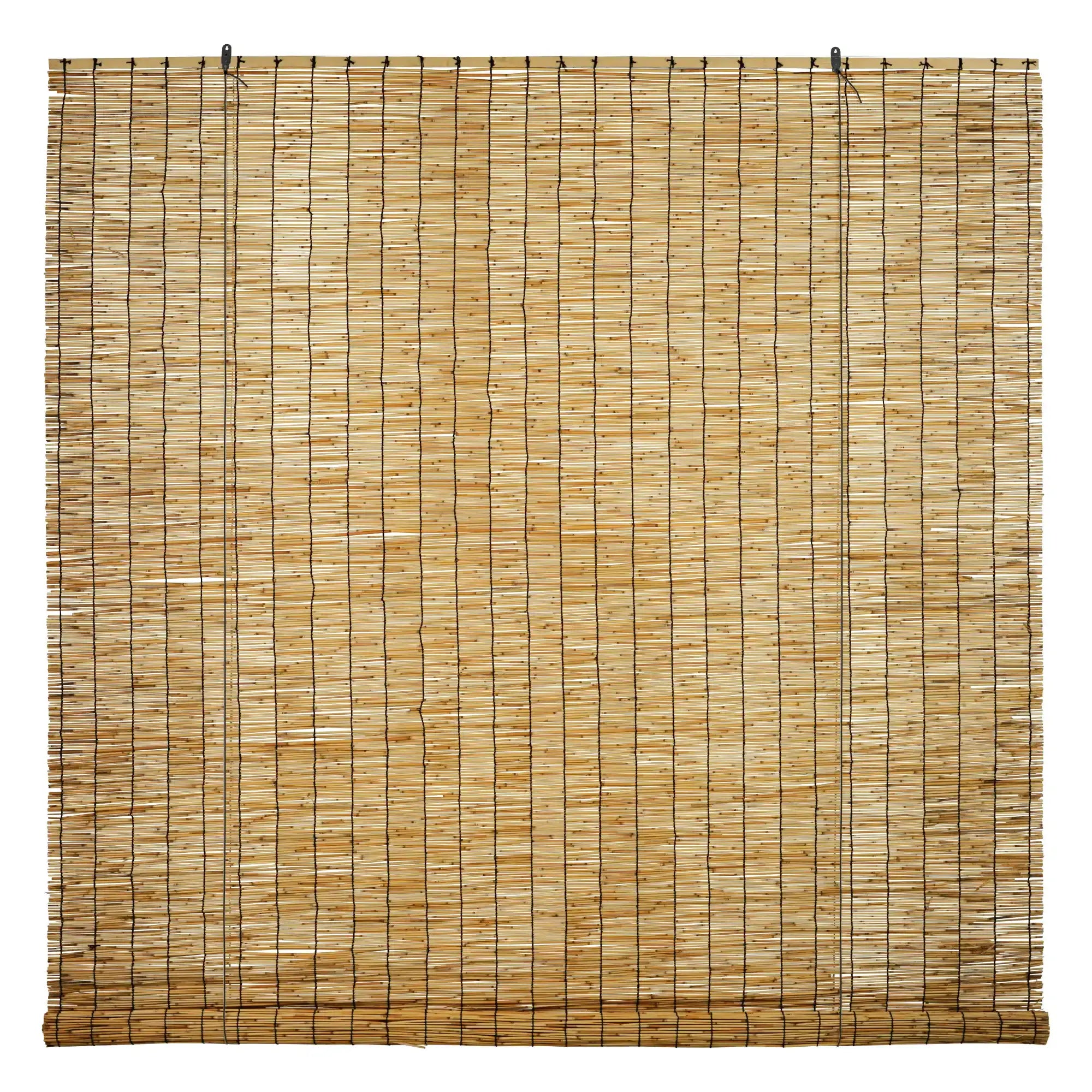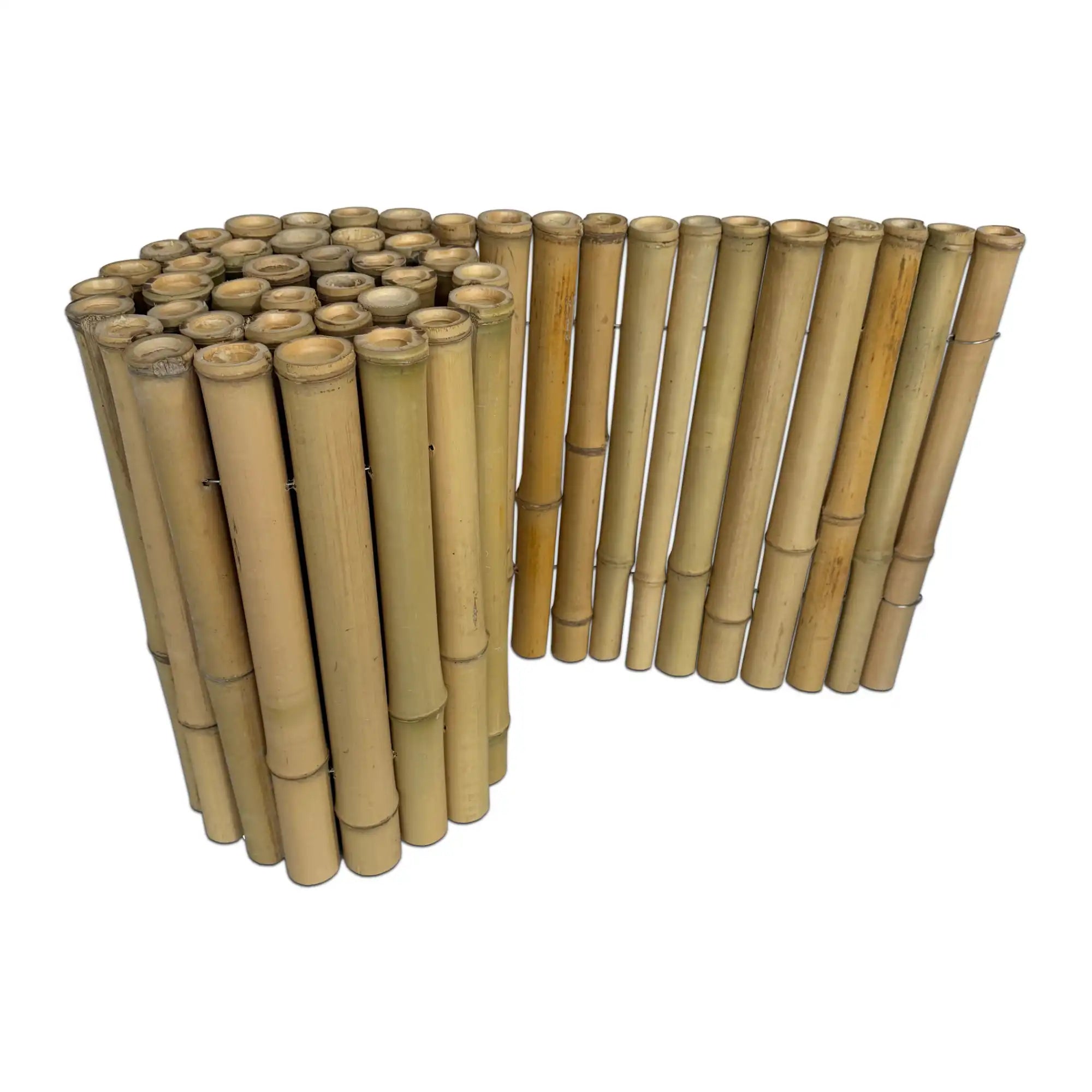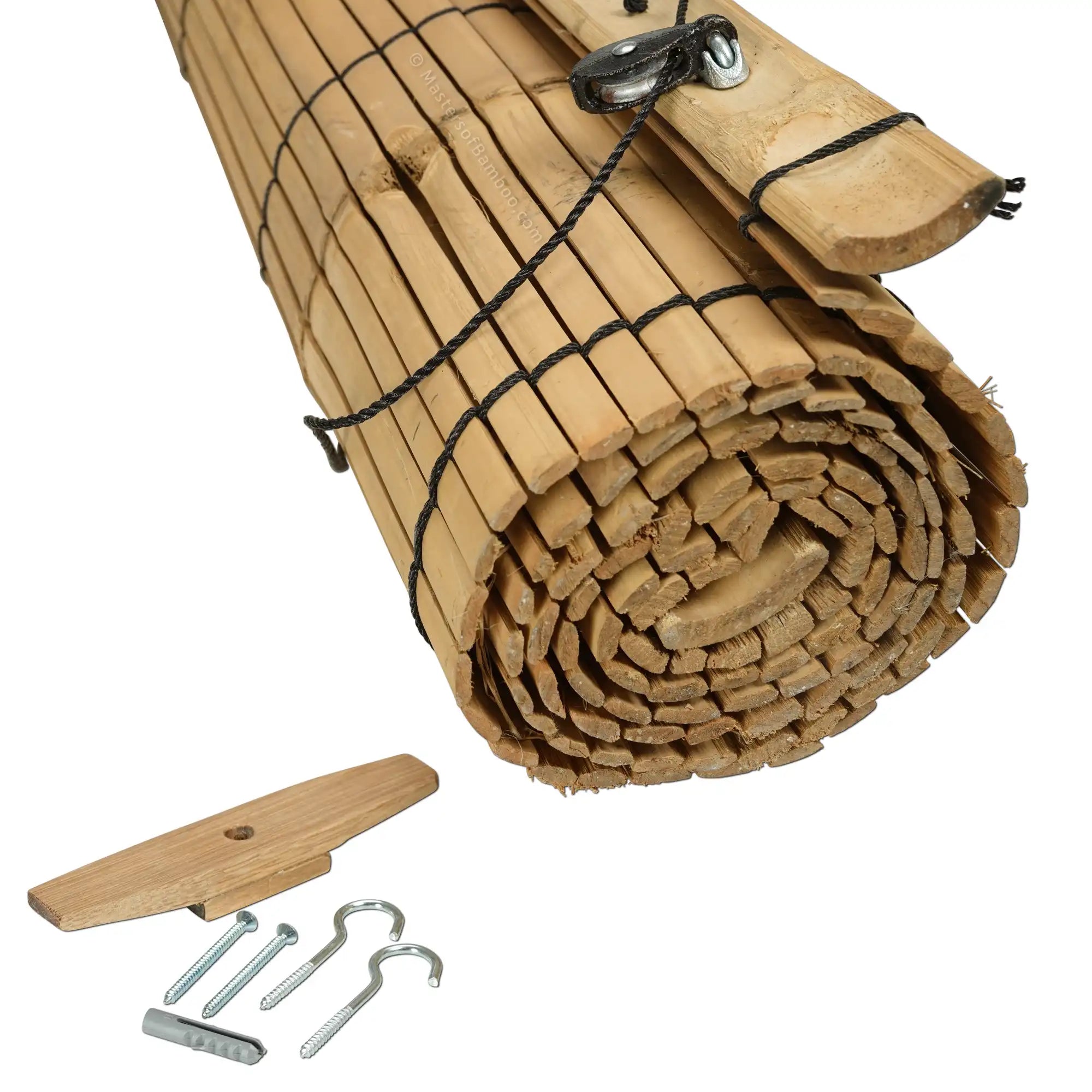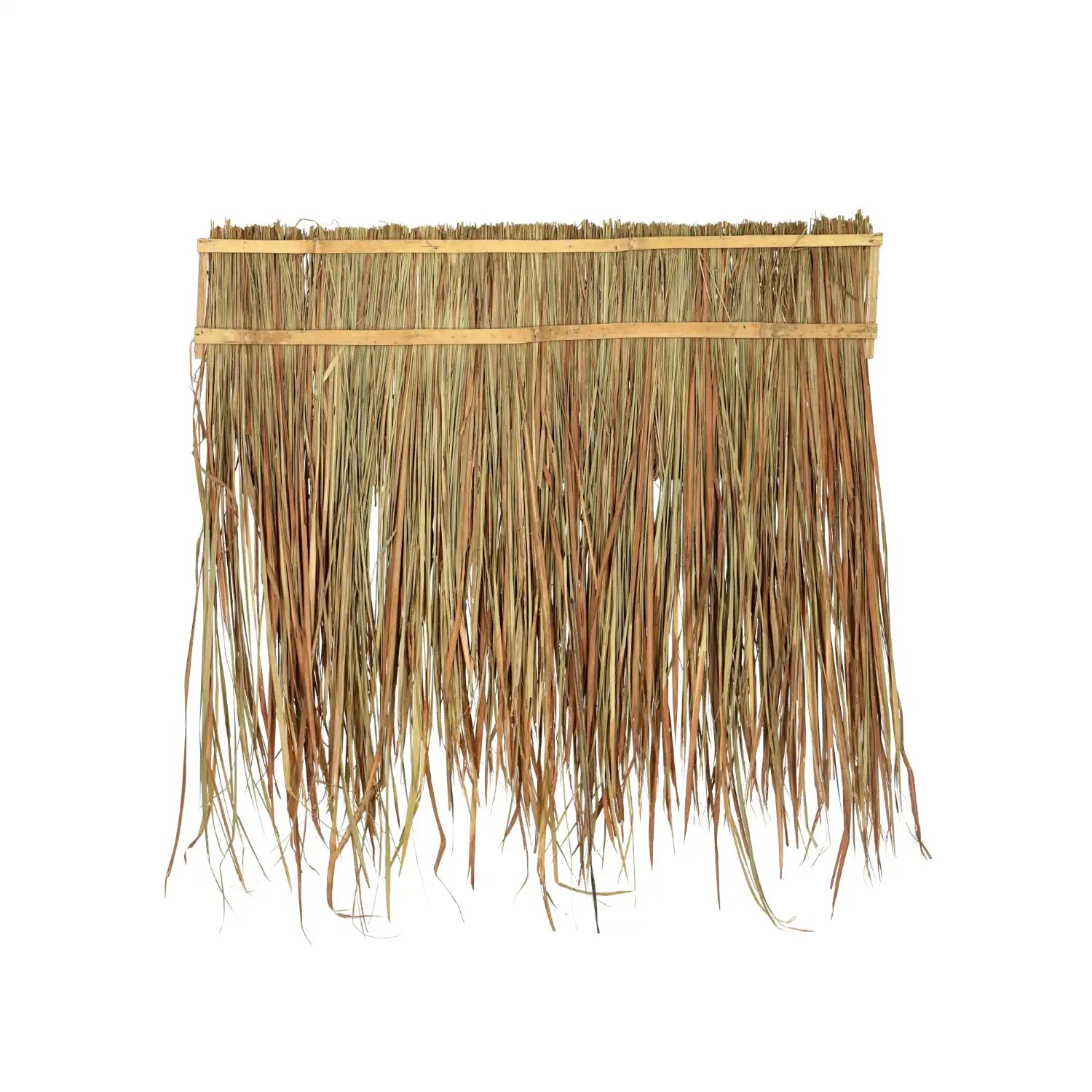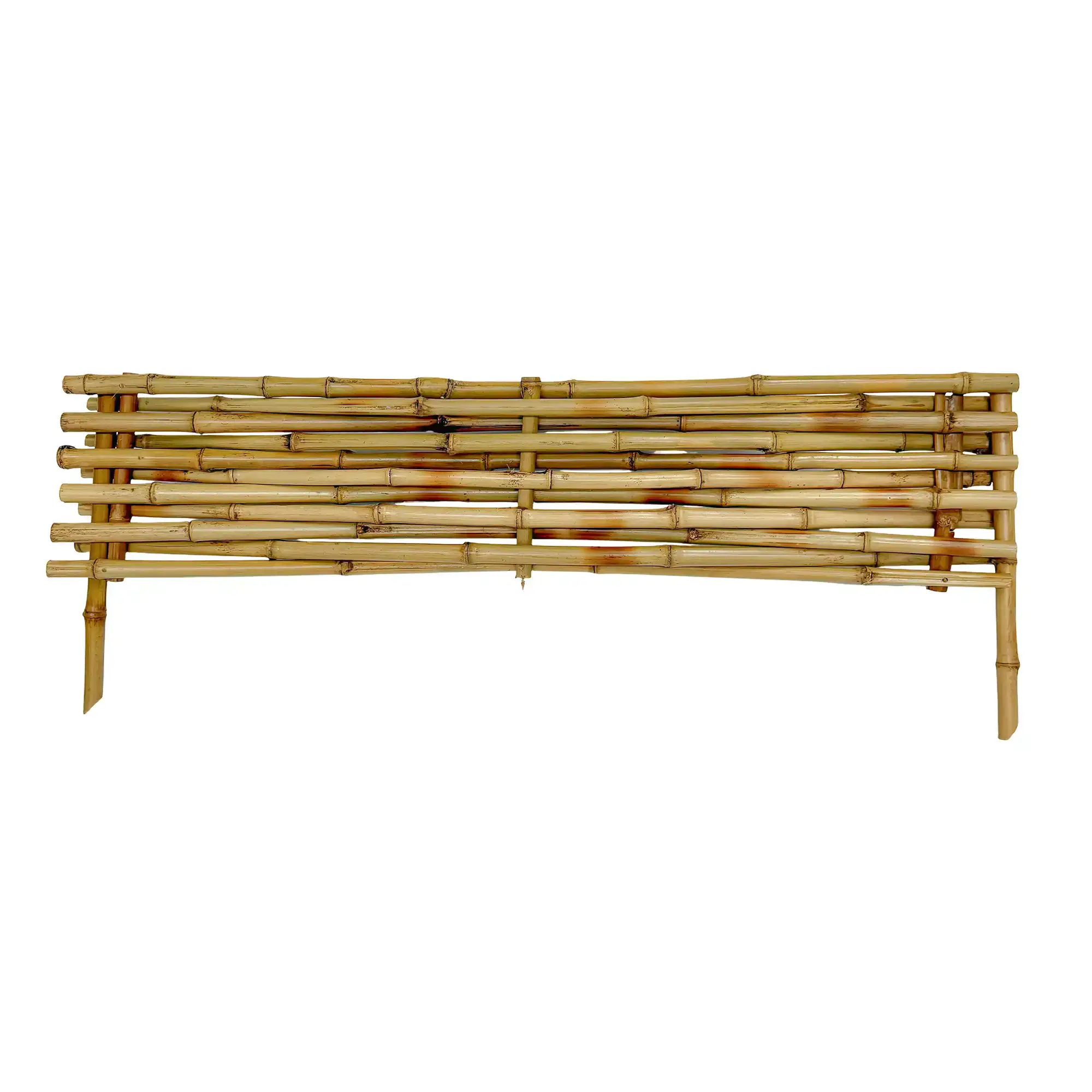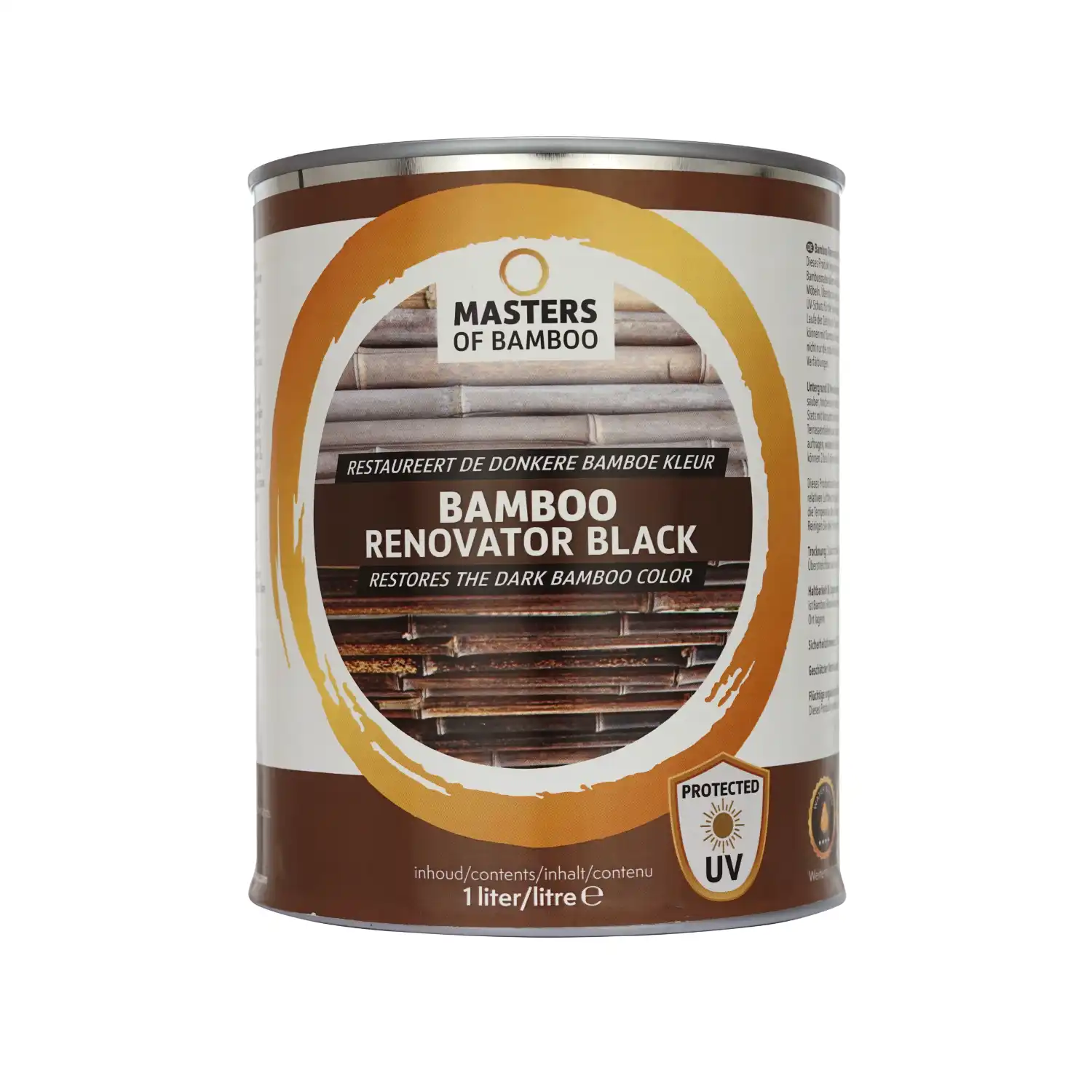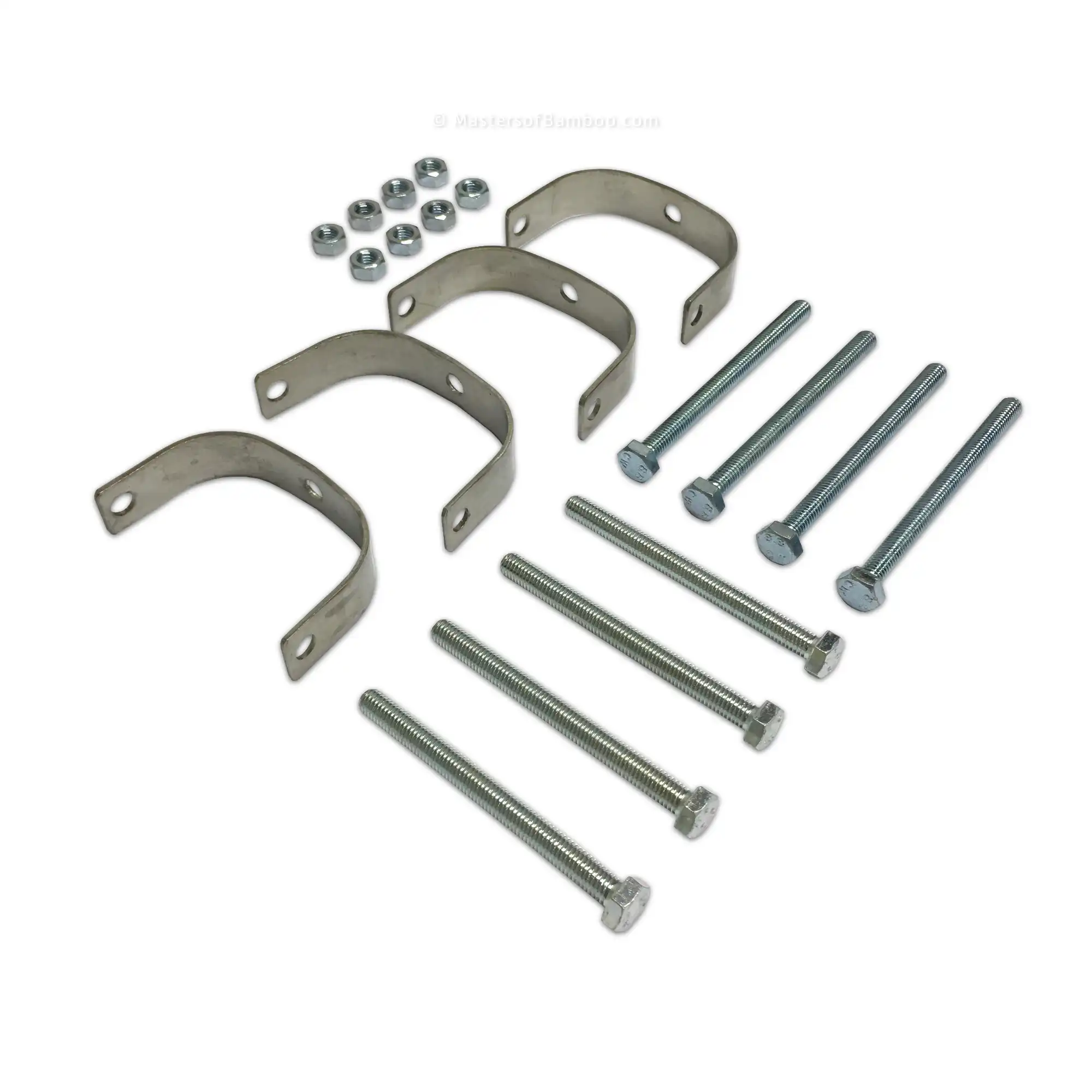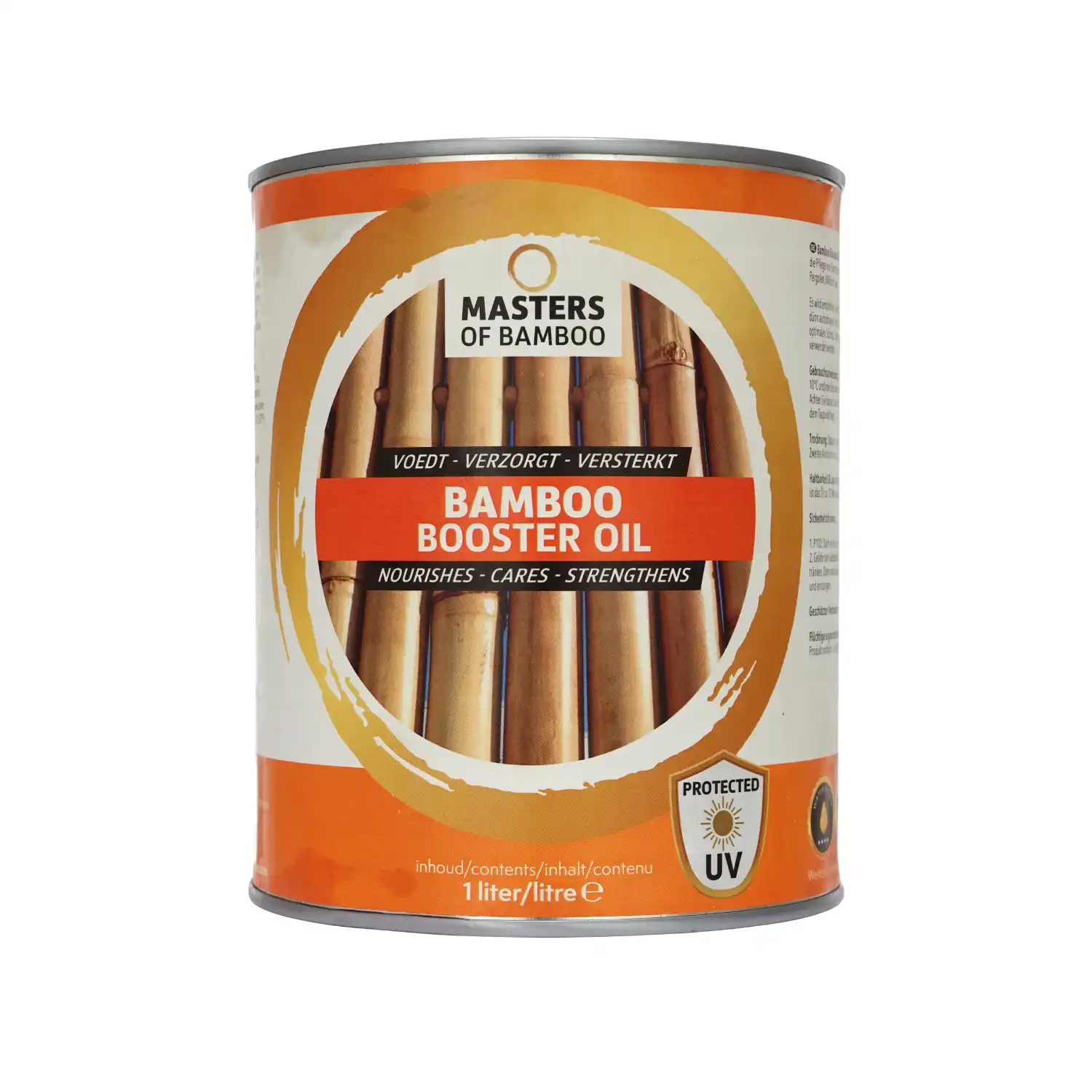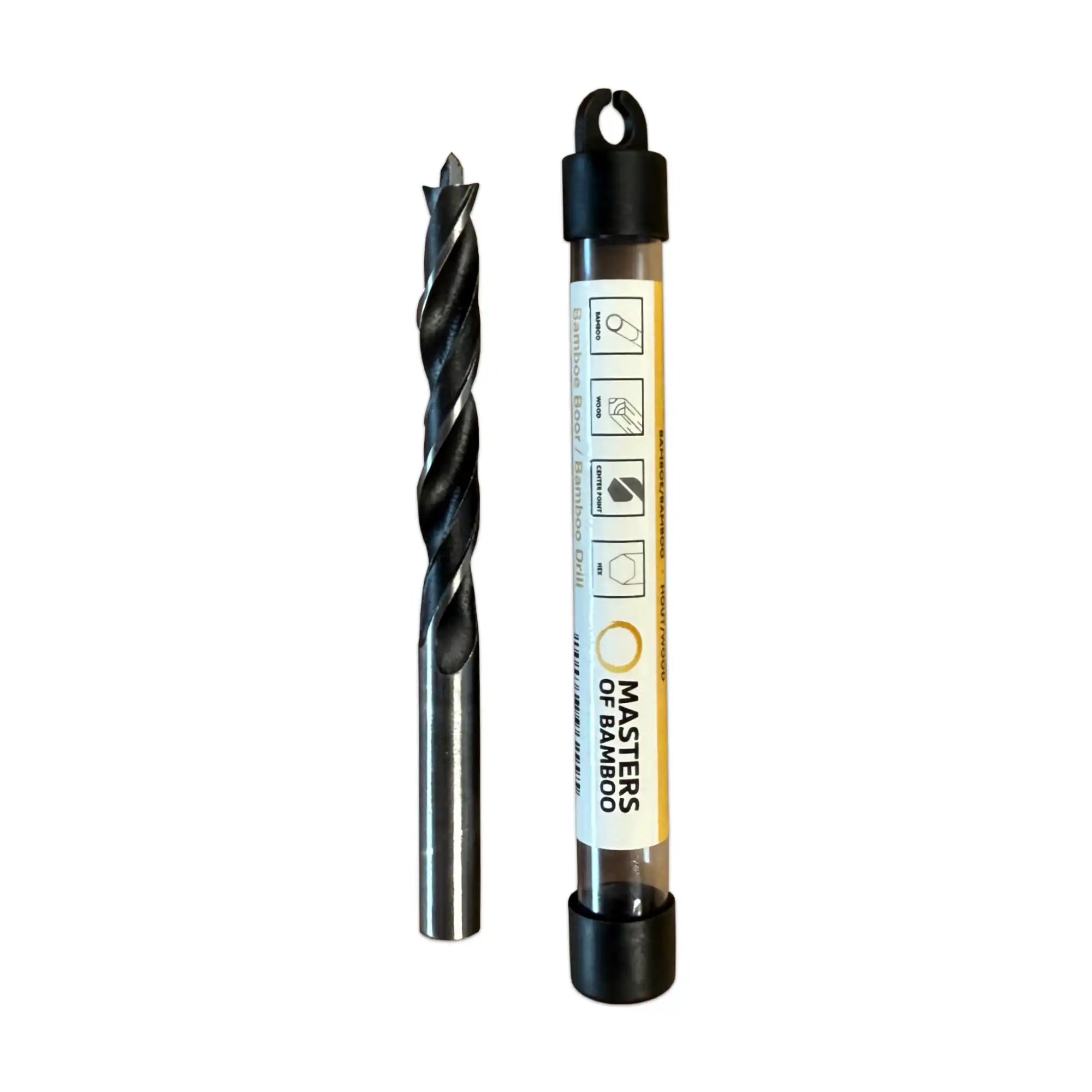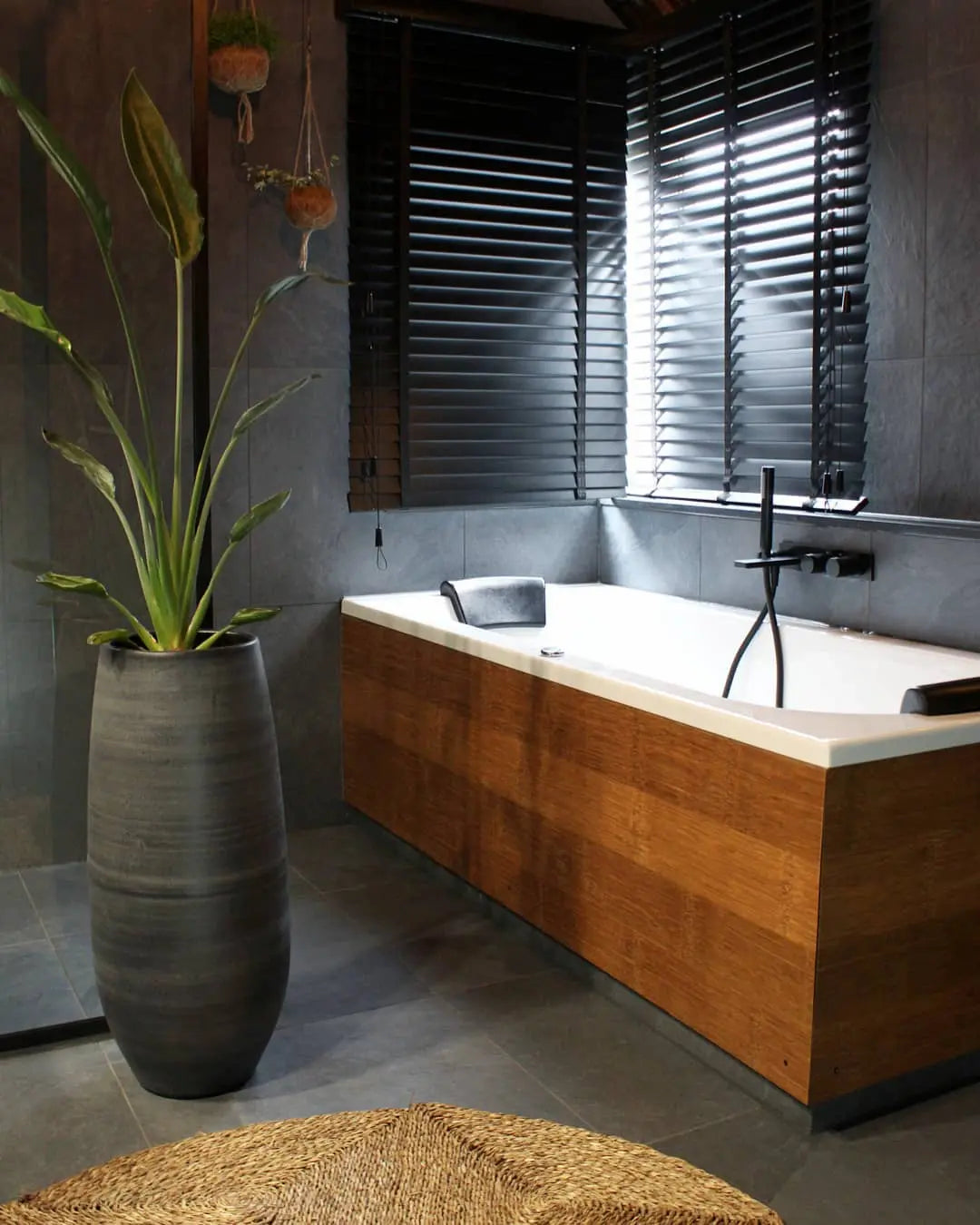
Bamboo panels in the bathroom: durable, strong and moisture-resistant
Bamboo Panels in the Bathroom: Technical Information for Professionals
The bathroom is one of the most demanding spaces in a building. Materials must be resistant to moisture, temperature fluctuations, and intensive use. While plywood or MDF have traditionally been used, there is a growing interest in bamboo interior panels as a durable and high-quality alternative.
Construction professionals, architects, and interior builders are increasingly choosing bamboo panels as water-resistant boards for the bathroom. Thanks to their high density and stability, they are a reliable alternative to plywood in damp spaces such as bathrooms, wellness areas, and hotels.
In this article, we discuss the technical properties, applications, and sustainability of bamboo panel material in bathrooms.
Curious about our range of bamboo panels? click here

What is a bamboo panel?
A bamboo panel is made up of pressed bamboo strips, glued together to form a solid and stable panel material. There are three common variants:
-
Plain Pressed: strips pressed horizontally, with a wider visible grain structure.
-
Side Pressed: strips pressed vertically, for more stability.
-
Density Pressed (High Density): highly compressed panels, comparable to tropical hardwood in hardness and load-bearing capacity.
These panels are available in various thicknesses (up to 40 mm) and can be processed by machine or hand, just like plywood or MDF.
Can a bamboo panel withstand moisture?
One of the most frequently asked questions is: Can a bamboo panel withstand moisture? The answer is yes, provided you choose the right quality and finish.
Bamboo is naturally a dense and hard material, but in its raw form, it is not completely water-resistant. That is why bamboo panels for the construction and interior design sectors are produced with special, moisture-resistant adhesives. Panels that meet the E1 or E0 formaldehyde class and are glued with water-resistant adhesives are excellently suited for use in damp spaces such as bathrooms.
Technical advantages in the bathroom
1. Strength and stability
Bamboo panels have a high density (from 700 kg/m³ to 1,150 kg/m³ for density pressed) and are therefore stronger than many hardwood species. For interior builders, this means the material is suitable for heavy loads such as countertops or cabinet constructions.
2. Moisture resistance
In a bathroom environment, moisture resistance is crucial. High-quality bamboo panels are glued with water-resistant adhesives (E1 or E0 formaldehyde class). In addition, the surface can be finished with lacquer, oil, or a water-repellent coating to ensure long-term protection.
3. Costomisability
Bamboo panels can be sawn, milled, and screwed using the same techniques as with plywood. For furniture makers and interior builders, this means a minimal learning curve when switching.
Applications of bamboo panels in bathrooms
-
Bathroom furniture: vanity units, cabinet fronts, cupboards, bath surrounds, and storage modules.
-
Countertops: suitable for intensive use in combination with a waterproof finish.
-
Wall and ceiling panels: with acoustic value and high wear resistance.
-
Sliding doors and partition walls: a stable and durable alternative to plywood.

Sustainability and lifespan
A frequently asked question among professionals is whether bamboo is really suitable for long-term use in damp spaces like bathrooms. The answer is: yes, provided the material is processed and finished correctly.
Bamboo has a significant advantage over hardwood: the plant is ready for harvest within 4–5 years, while hardwood often takes decades to grow. Replanting is not necessary for bamboo as it grows back after being cut. This makes bamboo a renewable and environmentally friendly raw material.
Regarding its lifespan: when bamboo panels are produced with water-resistant adhesive and finished with a suitable lacquer or oil, they last just as long as – or even longer than – traditional plywood in bathroom interiors.
Want to know more about our range of bamboo panels?
The possibilities for bamboo panels in bathrooms and interior applications are extensive. In addition to the technical properties and advantages described above, a complete range is available in various thicknesses, dimensions, and pressings.
Curious about which panel best suits your project? View our range of bamboo panels for all specifications and applications. Here you will find comprehensive product information and see at a glance which solutions are suitable for furniture, countertops, walls, and more. For more information or to view the panels, visit our showroom or contact us.
Conclusion: bamboo panels as a future-proof material
For architects, interior builders, and contractors, bamboo panels in the bathroom offer a combination of:
-
High strength and stability
-
Suitability for humid environments
-
Sustainability and environmentally friendly origin
-
Wide applicability in furniture, walls, and constructions
With the right finish, bamboo panel material is a reliable alternative to traditional interior panels and a valuable choice for the bathroom of the future.

Frequently asked questions about bamboo panels in the bathroom
Can a bamboo panel withstand moisture?
Yes. Bamboo is naturally hard and dense, but not completely water-resistant. When bamboo panels are glued with water-resistant adhesives (E1 or E0 class) and finished with oil, lacquer, or a water-repellent coating, they are excellently suited for use in damp spaces such as bathrooms.
Is bamboo stronger than wood or plywood?
Yes. Especially density pressed bamboo, which has a density of up to 1,150 kg/m³, is harder and stronger than many tropical hardwoods. Compared to plywood, bamboo offers more stability and a longer lifespan.
How long does bamboo last in the bathroom?
With the correct adhesive and finish, bamboo lasts just as long as, or even longer than, traditional plywood. In practice, this means several decades, even in intensively used bathroom environments.
Which applications of bamboo panels are suitable for the bathroom?
Bamboo panels are widely applicable: from bathroom furniture and countertops to wall and ceiling panels and surrounds for baths and toilets. For parts that come into direct contact with water (such as shower walls), an extra protective layer is necessary.
Is bamboo a sustainable alternative?
Certainly. Bamboo is ready for harvest in just 4–5 years and continues to grow after being cut, without the need for replanting. This makes it a renewable and environmentally friendly choices, especially when compared to slow-growing hardwood.

